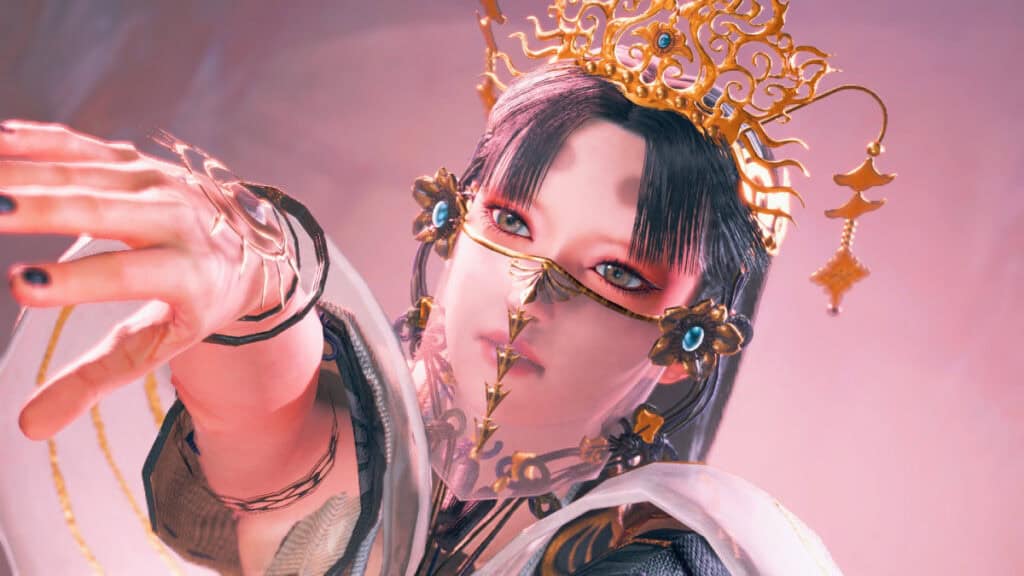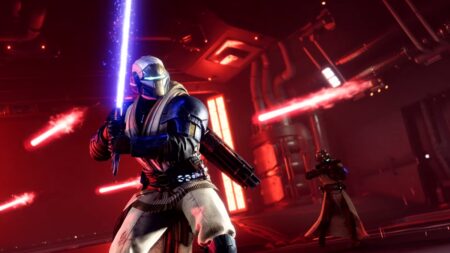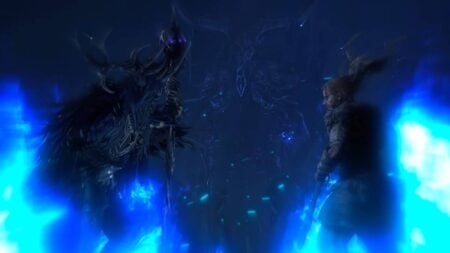Skip To...
Playing anything from Capcom feels like entering a fancy buffet. There are the always reliable and delicious Resident Evil and Monster Hunter. But once in a blue moon, you’ll get a new selection with something mysterious and alluring. Sometimes, the dish doesn’t make an everlasting impression, yet some become an instant hit on certain occasions. That is precisely what Kunitsu-Gami: Path of the Goddess is. It is one of the most memorable, fast-paced, and addictive games I’ve played in years, and it has the potential to stand next to some of Capcom’s most legendary franchises.
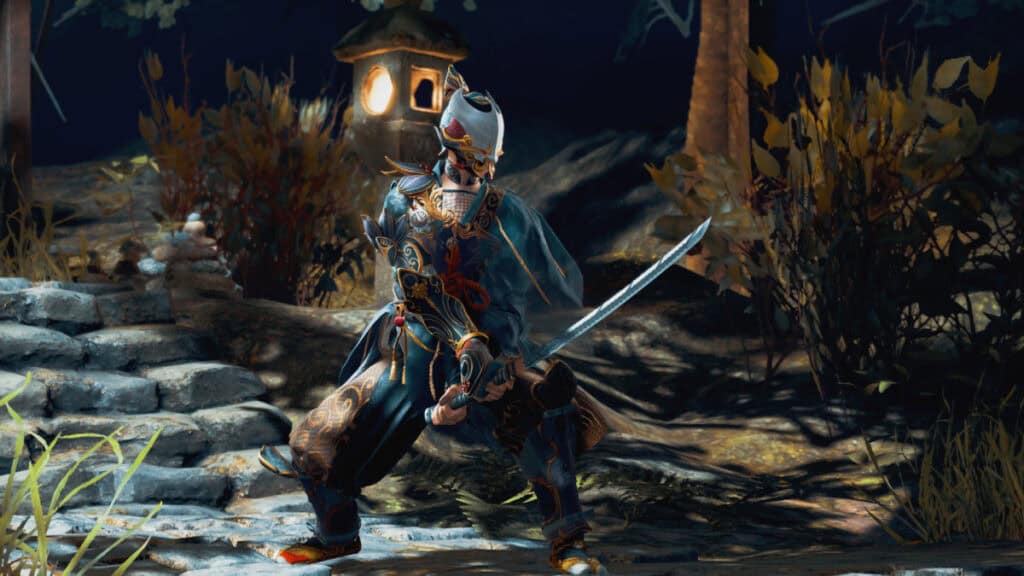
Kunitsu-Gami: Path of the Goddess mixes RTS, tower defense, and fast-paced action combat. On paper, it might sound like too much. But it isn’t. It manages to blend every system flawlessly, and even as you unlock more and more features, it never overwhelms you. It is a perfect amalgam you can enjoy in small doses or dive facefirst and lose yourself for hours. And even after your mythical journey ends, you have dozens of replayable missions with new challenges, increased rewards, and more things to discover.
Purifying Mt. Kafuku
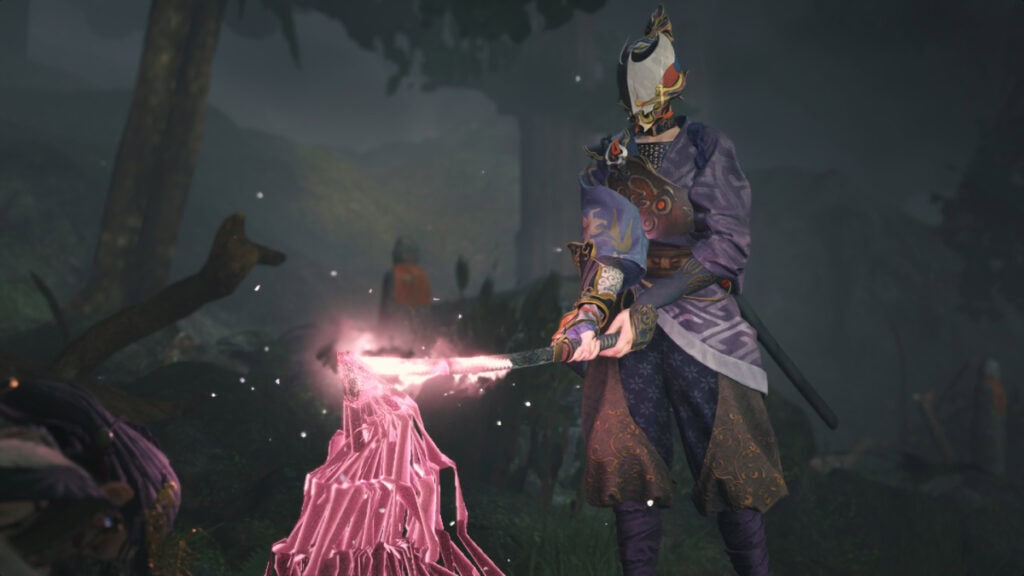
Our journey begins at Mt. Kafuku. A Japanese-inspired mountain that gets engulfed by the Defilement, a black substance bent on consuming everything. Yoshiro, the mountain’s Maiden, summons her guardian and playable protagonist, Soh, to restore everything to its former glory. Throughout the story, you travel from the mountain’s peak to all the villages surrounding Mt. Kafuku and back to the summit to cleanse it all. Thankfully, you’re not alone in this perilous journey.
As you travel downhill, you’ll be rescuing villagers who will join your endeavor. Since they can’t fight with rakes and mallets, you’ll be using Mt. Kafuku’s masks, which were scattered when the Defilement appeared. After obtaining these masks, you can transform your villagers into a plethora of RPG-like classes, from melee fighters such as Woodcutters and Spearmen to Archers and even Musketeers. Yet, that doesn’t mean Soh sits back and does nothing. They bring beautiful yet deadly combat moves inspired by Kagura— a Japanese dance—to keep foes at bay.

One thing to keep in mind is that Kunitsu-Gami‘s story doesn’t take an “in-your-face approach.” Instead, it limits itself to showing what happens to the characters as they progress through the stages. There is little dialogue as well. I kid you not; I think there were around five or six sentences of voiced dialogue throughout the game, but I liked this approach. You learn what’s going on with Yoshiro and Soh as you unlock new areas, read scrolls, and eventually learn the cause of the Defilment. It is an endearing story with a strong message that makes you think about how some of our actions might create a cycle we can’t escape from. I’d love to explain this further, but doing so would spoil details, thus ruining the surprise Capcom has in store for everyone.
Dancing Under the Moonlight
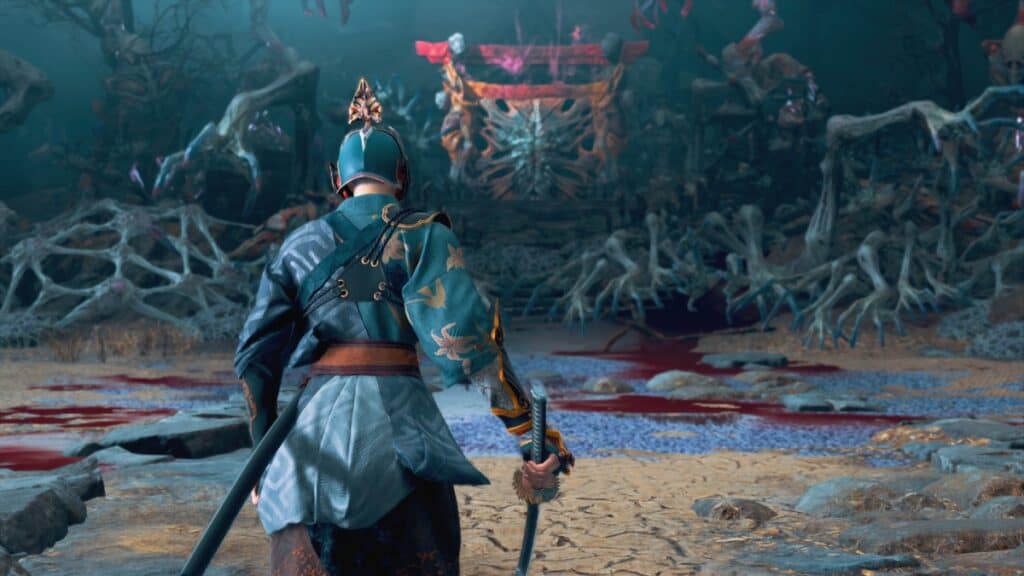
The story isn’t the only thing that works in a cycle. Kunitsu-Gami: Path of the Goddess has a well-established gameplay loop that never gets old despite being the same in almost all stages. There are two types of stages: defense and boss; let’s start with the first. During your normal stages, you must take Yoshiro across the map to purify a Torii gate and move on to the next stage. To do so, you need to plan your defenses in the morning. Such defenses include assigning roles and spots to your villagers, repairing structures to slow down enemies, and even setting up a few traps. At the same time, you need to purify the road for Yoshiro so she can walk toward the gate.
Throughout a stage, you’ll be hit by two important factors: resource and time management. You need crystals to assign roles to villagers and purify Yoshiro’s path. You can obtain them by defeating enemies or getting rid of the Defilement in the stage. However, this resource is finite, meaning you must manage it well. Spend a lot of crystals on expensive yet powerful roles, and you won’t have enough resources to make Yoshiro move and vice versa. This adds a welcome layer of difficulty that makes every choice count.

Regarding time management, you must also pay attention to every action you perform. Yoshiro moves slowly, so you need to time her movement right unless you want her to be stuck near a bunch of enemies. Furthermore, you have a carpenter who repairs certain defensive structures, which also takes a lot of time. You need to prioritize which repairs you’ll do first. Do you want the gate that keeps enemies at bay or the trap that launches fireworks to slow down foes? Regardless of what you pick, you won’t be able to do everything in one day, so you need to think about where Yoshiro will be and how you’ll protect her.
Speaking of protection, the tower defense with the RTS part begins at night. When the hordes start coming from the Torii gates, you need to position your villagers in a way that will protect Yoshiro while also staying safe. You can do this by pressing a button and with a very clean and easy-to-understand UI. However, since all enemies have different gimmicks, things can go sideways, and you have to adapt on the fly. Each stage presents you with new challenges, such as poisoned swamps, dark areas with reduced vision, and even stages where you can only control your villagers. Every mission is full of fun modifiers that will make you think outside of the box more than once.
Lastly, you have the boss stages. These are confined missions where you and a group of villagers need to take down a dangerous foe. Once you liberate a village, this stage appears. Defeating a boss will reward you with a new mask that unlocks a class for your people. Frankly, these fights are perfect. You’ll do most of the fighting in them while using your entourage to protect Yoshiro and hit the boss when it’s down. My only gripe with these stages is the camera. The lack of a proper lock-on mechanic makes fighting a bit clunky, especially during the first encounters. Still, every battle is so unique in terms of mechanics that everything overshadows the janky camera controls.
The Power of Kagura
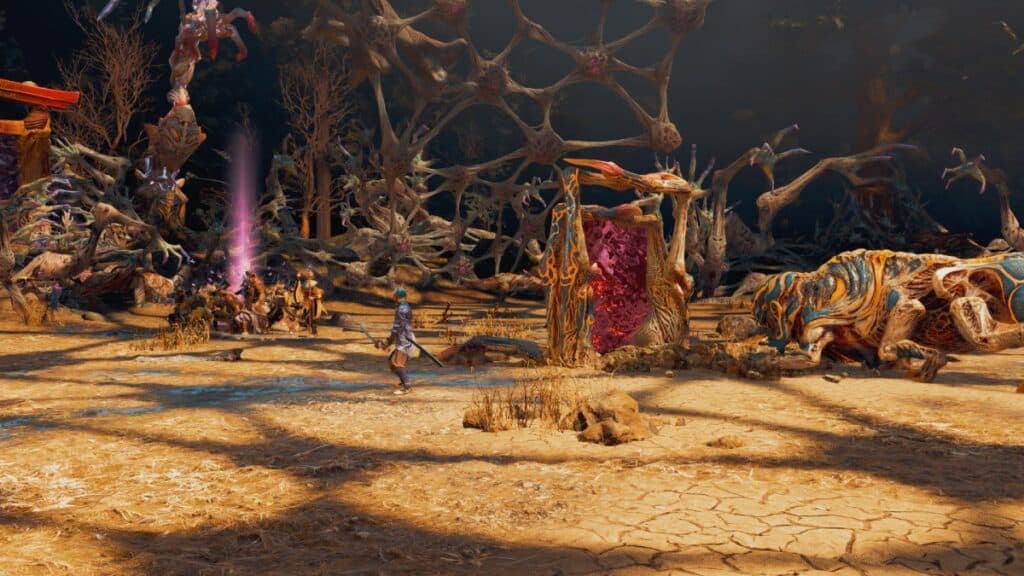
Masked villagers aren’t the only ones who take the spotlight. Soh—the playable protagonist—is the one who’ll do the hands-on fighting. During any of the stages, you get to use the usual action combat two, three, and four-hit combos. You can mix and match light with heavy attacks and even unlock new fighting styles. Some of the upgrades you get for Soh add perfect parries, counterattacks, and the ability to execute stunned enemies. Furthermore, you have other destructive skills on a long cooldown that can set your sword on fire, call down lighting, and even teleport to where Yoshiro is to protect her.
One thing that I love about Kunitsu-Gami is how it presents its gameplay as something you can take in small or large doses. Most stages can last anywhere from 20 minutes to an hour. It reminded me a bit of how you can approach Monster Hunter. You choose a hunt, track your foe, and return to the base with loot. Kunitsu-Gami is quite similar. Enter a stage, place your villagers around, fight the enemies as they approach, and return to your base to rebuild. And yes, you read that right, there’s a base-building aspect, albeit on a smaller scale.

After you purify a settlement, you can restore its dilapidated buildings to obtain useful items. Restoring certain structures will give you materials to enhance Soh and your villagers. Others will give you lore items and a few sweets for Yoshiro to enjoy. Every single thing you do adds to the worldbuilding, and it was amazing to see the once-destroyed homes of these inhabitants come back to life. It was even more enjoyable once I reached the end and saw how I was able to restore the beauty Mt. Kafuku once had. Furthermore, it blends perfectly into the gameplay loop. You leave your villagers working, and it tells you how many stages you need to complete before they finish fixing up a structure. So, you can ask them to repair something, replay a few stages or progress through the story, and return to reap the rewards.
Finally, for those wondering about replayability, Kunitsu-Gami: Path of the Goddess is highly replayable. During your first journey, each stage has three hidden challenges. Completing each of these tasks will reward you with rare talisman or upgrade materials. So, if you really want that 100% completion rate, you can replay all stages. However, there’s also a new game plus mode. I can’t delve into everything it has due to spoilers, but it is one of the best I’ve seen. Almost everything carries over, and you get new challenges to pursue, thus increasing the replayability aspect of each playthrough.
Beauty In Times of Defilement

Despite Mt. Kafuku being overrun by horrendous creatures, it is one of the most beautiful Japanese-inspired settings I’ve seen. Since all stages are quite small, the details of each stage are perfectly taken care of. From the behavior of all animals to their surroundings to villagers interacting with objects and the marvelous architecture, everything is alluring. Even the terrifying creatures’ details are so perfectly crafted that you don’t know if you should stop to admire them or run for your life. Also, there were zero performance issues. Kunitsu-Gami: Path of the Goddess features so many graphical options on PC that you can tailor your experience to your needs.
The audio is another thing that blew my mind as I played due to how it shifted throughout each stage. During the day, it begins with soothing melodies that accompany you until nightfall. Yet, once the night crept in, the music took an eerie tone that gave me chills more than once. During the village restoration parts, you have relaxing piano-like tunes that make you feel part of the calm after the storm. And beyond that, the sound effects are terrific. The growling of each creature will evoke fear in you. The moans of pain coming from people trapped in Defilment will make you think twice before seeking villagers. Those behind the audio design did a fantastic job at creating such immersive atmospheres in the game.
A Spiritual and Memorable Journey

After the 15 hours I spent in my first playthrough, I put the controller down feeling whole. Kunitsu-Gami: Path of the Goddess gave me one of the best gaming experiences of this year. Despite Kunitsu-Gami being a new IP, it already has everything to reach the heights of other modern Capcom titles. Its combat, gameplay loop, visual style, and replayability make this more than a complete package. Furthermore, it was one of the smoothest games I’ve played. My only complaint is that the control scheme is strange but can be fixed quickly.
While we all know Capcom is working on its legendary franchises, it shouldn’t abandon this new IP. Nowadays, it is rare to see a game mix so many elements in such a perfect way. The mix of action combat, RTS, and tower defense is something I never thought I’d enjoy so much, but I did. And frankly, I can’t get enough of it. With how highly replayable Kunitsu-Gami is, I can see many players spending hours in it even months after its release. I know I will because this adventure is one that keeps on giving and one I don’t plan on letting go any time soon.
Review copy provided by Publisher.
Kunitsu-Gami: Path of the Goddess (PC Reviewed)
Kunitsu-Gami: Path of the Goddess is an enthralling and addictive game that everyone should experience at least once. Its combination of gameplay elements and approach to replayability are flawless and something that will hook players in for hours.
Pros
- A fantastic mix of different gameplay elements
- Challenging and varied stages
- Highly replayable
Cons
- Janky camera controls
- Weird control scheme

